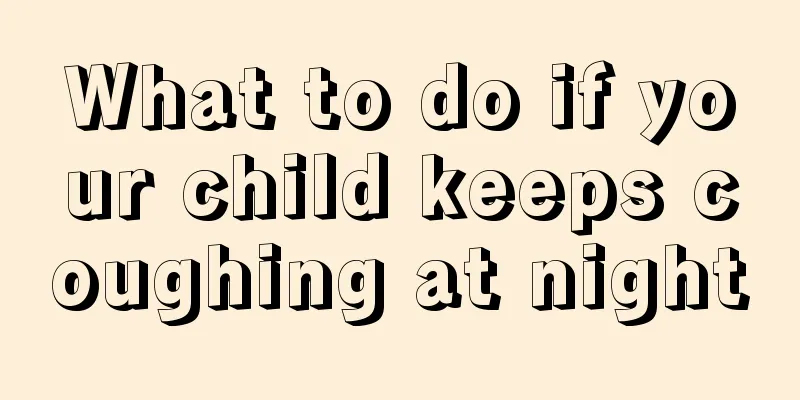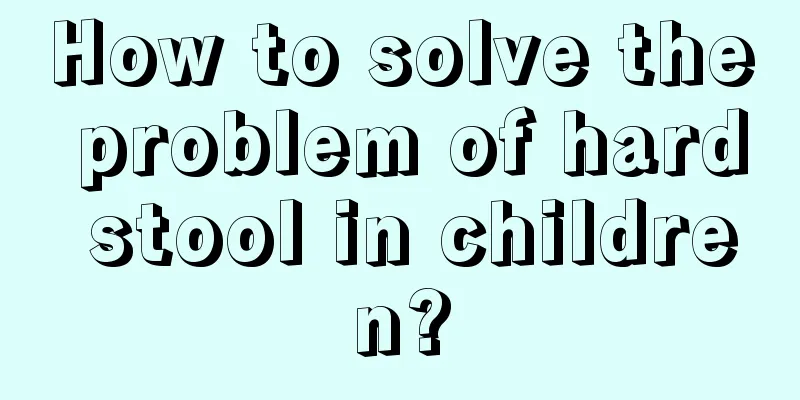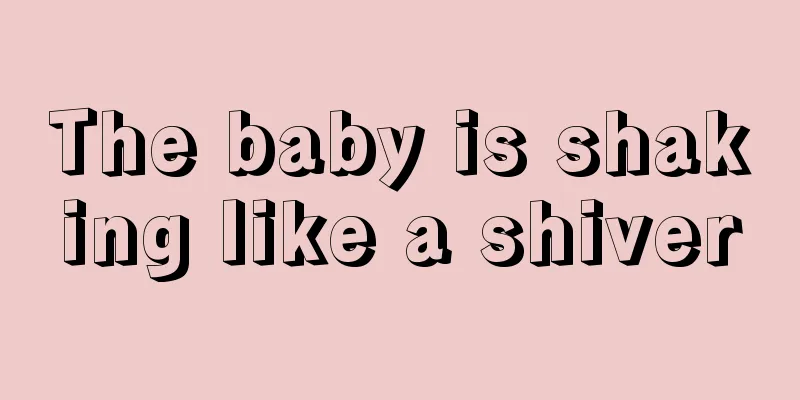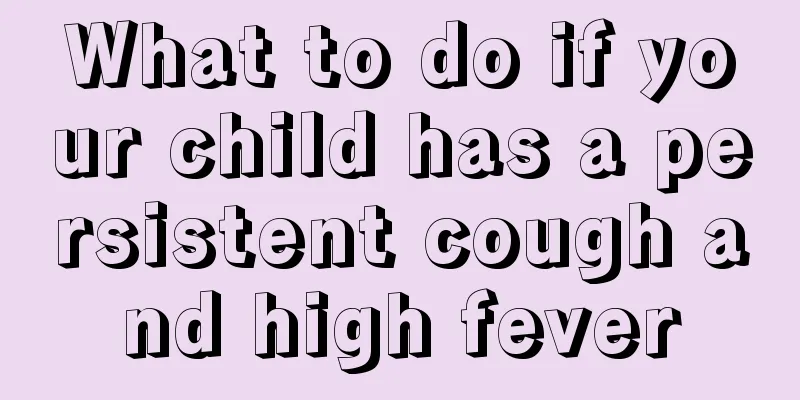Causes of opisthotonos in infants
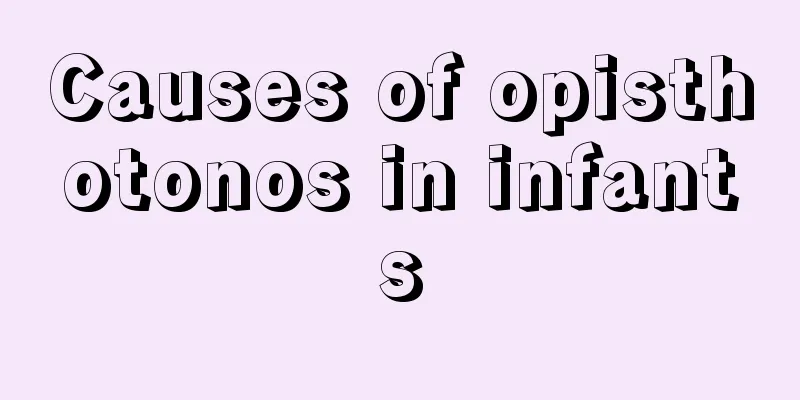
|
After a pregnant mother goes through ten months of hard work to give birth to a baby, I believe every family member hopes that the child can grow up healthy, smoothly and without worries. However, children's organs are still developing and they lack resistance to the outside world, so they are more susceptible to illness than adults. Brain diseases are more likely to affect children, and severe cases can cause lifelong damage to children. Infants' opisthotonos can tell parents and doctors what type of brain disease their children may suffer from. Causes of opisthotonos Opisthotonos needs timely treatment, but first you need to know what causes your baby's opisthotonos. Let’s look at the causes of opisthotonos. 1. Arnold-Chiari syndrome The presence of opisthotonos here indicates the occurrence of hydrocephalus. Hydrocephalus is characterized by an enlarged head, a thin, shiny scalp with dilated veins, and underdeveloped neck muscles. In infants, symptoms include high-pitched crying, abnormal leg muscle tone, loss of appetite, vomiting, stiff neck, irritability, and noisy breathing. The sucking reflex is weakened. 2. Meningitis In this infection, opisthotonos are accompanied by other signs of meningeal irritation, including nuchal rigidity, positive Brudzinski and Kernig signs, and hyperreflexia. Meningitis may also present with signs of inflammation due to the infection (moderate to high fever with chills and malaise) and signs of increased intracranial pressure (headache, vomiting, and eventually optic disk edema). Other features include irritability, photophobia, diplopia, deafness, and palsy of other cranial nerves. The decline in consciousness may progress to seizure and coma. 3. Subarachnoid hemorrhage In this disorder, opisthotonos may be present with signs of meningeal irritation, such as nuchal stiffness, positive Brudzinski and Kernig signs, and attention should be paid to signs of hemorrhage, such as severe headache, hemiparesis or hemiparesis, aphasia, and photophobia, along with other visual problems. Increased intracranial pressure, changes in breathing patterns, seizures, and vomiting may also occur. The patient's consciousness rapidly deteriorates, leading to coma, with alternating decerebrate rigidity and opisthotonos. 4. Tetanus This life-threatening infection can cause opisthotonos. Initially, trismus occurs. Eventually muscle spasms may affect the abdomen, producing rigidity, opisthotonos in the back, or spasms in the face. Spasms may affect the respiratory muscles, causing respiratory distress, tachycardia, sweating, hyperreflexia of deep tendon reflexes, and possibly seizures. From the above description, it can be seen that opisthotonos in infants is really terrible. When parents are caring for their babies, they often ignore the dangerous signals conveyed to us by the baby's every move. By the time the problem becomes serious, the best time for treatment has been missed, causing indelible harm to the child and the family. Therefore, parents must take good care of their children. |
<<: What is the reason for blood streaks in the stool of a 1-year-old baby?
>>: Why does eczema on the baby's face keep recurring?
Recommend
What are the benefits of eating shrimp for children?
Shrimp is a type of aquatic product, especially i...
What are the symptoms of encephalitis in children?
Diseases like encephalitis have a very high incid...
The best time to wean your baby
Every mother encounters a problem, which is the p...
What to do if your child has protruding ears
If a child has protruding ears, it will not only ...
What are the clinical manifestations of children with cerebral palsy?
Every parent hopes that their children can grow u...
What to do when blisters appear on children's bodies?
Children are young, their physical fitness is not...
Treatment of abdominal pain and vomiting in children
No one can escape the invasion of diseases in our...
What are the dangers of children wearing nail polish?
Women must be familiar with nail polish. Nowadays...
What can’t babies eat when they have chickenpox? These six must be avoided
If a child develops chickenpox, parents should no...
What is the normal range of hemoglobin in children?
The hemoglobin that people often talk about is ac...
Newborn baby's soft neck
The body of a newborn is relatively soft, mainly ...
Why does a child breathe through his mouth when sleeping?
As parents, we all hope that our children can gro...
What are the causes of precocious puberty in children?
Many parents want to know the cause of precocious...
What should I do if my baby's white eyeballs have red bloodshot?
The eyes are not only the window to the baby'...
Acne on the child's head
If you find that your child has acne on his/her h...


